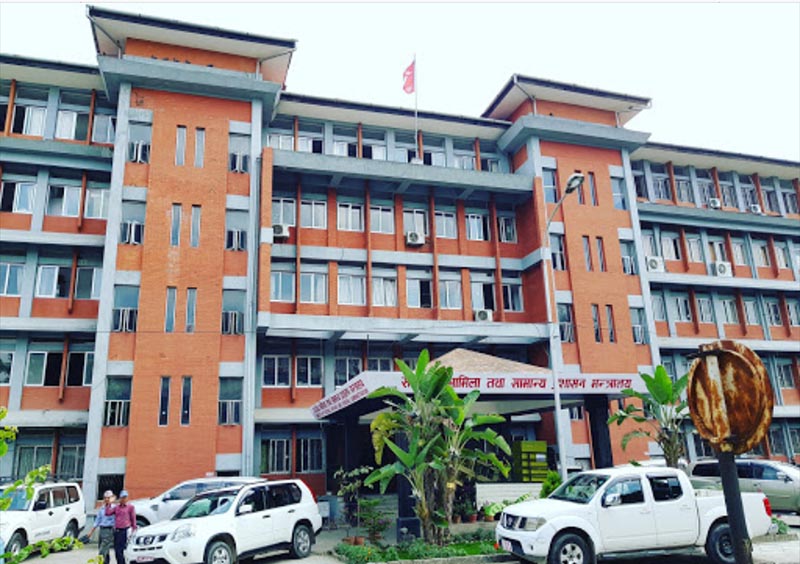Bid to add transparency to local levels working
KATHMANDU, SEPTEMBER 9
The Government of Nepal has issued model, Public Accountability Promotion Procedure-2020, for local levels to make their service delivery transparent and accountable through proper mobilisation of public funds.
The procedure published by the Ministry of Federal Affairs and General Administration yesterday will come into force in each local unit after it is endorsed by the concerned executives. It requires the local levels to receive grievances of citizens through oral or written communication, text messaging service, telephone, fax, hotline, email, post office, express delivery, complaint box, public audit and public hearing.
As per the procedure, grievances received from the service-seekers shall have to be classified as per their natures like public procurement, quality of infrastructure development, financial discipline, provision of penalty fees, project selection and management, existing legal provisions and conduct of concerned employees.
“Chief administrative officer of each local unit shall designate a senior employee as a grievance hearing authority, who is obliged to settle grievances within seven days. The grievance hearing authority has to inform concerned complainant about redressal of his/her grievance through any means, including SMS or email, as soon as possible,” reads the procedure.
Any grievance, which could not be settled by the grievance hearing authority, has to be forwarded to a four-member grievance redressal coordination committee headed by chief or deputy chief of local level.
Concerned ward offices may also receive and settle grievances of the service-seekers. In such a case, the ward secretary shall act as grievance hearing authority.
“Grievance, which could not be addressed by the grievance hearing authority of the ward, shall be forwarded to the committee through CAO of the concerned local unit,” states the procedure.
According to the procedure, each local level shall place a complaint box in the main entrance gate of the office. The complaint box should be properly padlocked and opened only by the grievance hearing authority at least once a week in the presence of the chief of the local level and two other officials or employees.
“The grievance hearing authority and concerned officials or employees shall have to maintain confidentiality of the complainants,” states the procedure.
The local level may write to the Commission for the Investigation of Abuse of Authority for investigation about grievances or complaints related to corruption or financial irregularities, as per the decision of the concerned executive.
The local government has also been mandated to implement grievances or complaints and suggestions with utmost priority, through the CIAA, Office of the Auditor General, parliamentary committees, agencies of the Government of Nepal and provincial governments and District Coordination Committee.
According to the finding of ‘Study on Corruption in Local Levels-2020’ published by the anti-graft body, 55.3 per cent of respondents claimed they either paid or heard about under-the-table money solicited by the responsible officers at local levels.
The procedure makes it mandatory for local levels to conduct social audits of programmes or activities implemented by them in each fiscal year. “Social audit shall be conducted through a third party by hiring a consultant as a social auditor in accordance with the Public Procurement Act. There will be a five-member social audit coordination committee led by CAO to facilitate the conduction of social audit,” reads the procedure.
A version of this article appears in e-paper on September 10, 2020, of The Himalayan Times.






